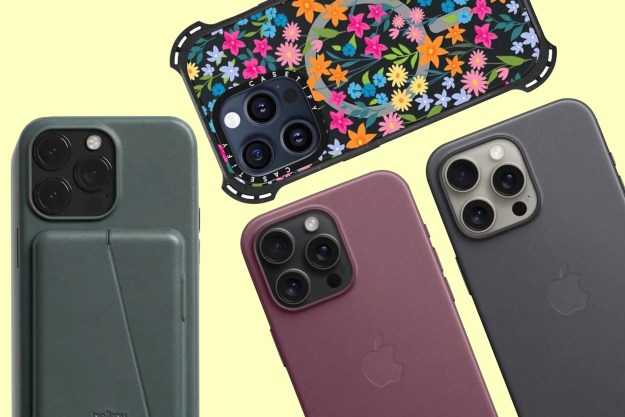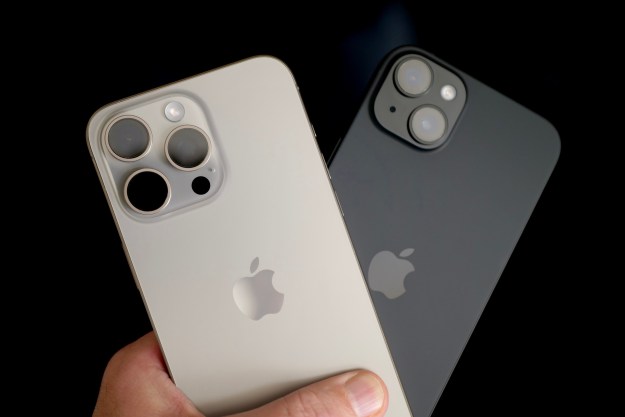Travis Jensen’s calling in photography started not in the darkroom but out of necessity. The 33-year-old began his career documenting extreme sports as a writer for the San Francisco Chronicle. After growing frustrated with the artwork that accompanied his columns, he was compelled to teach himself the how-tos of photography. Eventually, his work would move from taking photos to accompany his newspaper copy, to writing concise captions to accompany his art.
These days, Jensen’s work is primarily shot through the lens of his iPhone. But it wasn’t until he discovered the photo app Hipstamatic did he truly embrace photography on a smartphone. In fact, when the iPhone came out, Jensen was resistant to the idea of shooting on a phone. “That’s not real photography,” he recalls thinking. “All you have to do is point and shoot. There’s no difficulty in that.” But one day, he downloaded Hipstamatic, a digital app that harks back to analog photography. Like the old-school Diana cameras, users exercise their artistic flair by swapping out different camera components, such as lens, film and flash; with Hipstamatic, these are all virtual.
His distinctive combination – the John S lens and BlacKeys Supergrain film – has been widely adopted by the Hipstamatic community for street photography. “Coupled with his keen sense of timing and astute understanding of his subject matter, it’s pretty easy to identify a Travis Jensen Hipstamatic photograph,” said Molli Sullivan, Hipstamatic’s director of communications.
Jensen’s intimately familiar with the street scenes he shoots. Inspired to join the skateboarding movement in the ’90s, Jensen, then an 18-year-old fresh out of high school, moved to San Francisco with a duffle and $800. He lived in San Francisco’s notorious Tenderloin on friends’ couches, in seedy single-room occupancy hotels, and eventually in a closet he rented for a few years.
His latest book, “Wish You Were Here,” features a collection of Hipstamatic snapshots taken on the iPhone 4 (he upgraded to the iPhone 5 shortly after publication). Proceeds of the short-run book published by Whole Foods benefits the Larkin Street Youth Services in the Tenderloin.
We caught up with Jensen before the holidays about his new book, the pros and cons of shooting on a phone, and tips for budding iPhone photographers.
Why did you gravitate toward street photography?
I think growing up as a skateboarder, it was only natural I would fall into street photography. Part of the thing I like about skateboarding is being out in the city.
Though I appreciate and admire photography of all kinds, whether landscape or long exposure, I’m really drawn to what’s going on in the street. My images, they’re not the postcard Hallmark photos you see in San Francisco. It kind of captures the city from a local perspective. Though my images tend to be a little on the dark side, I try not to shoot people who are in really helpless situations. I always try to portray people with a lot of dignity and respect. When I take these, I ask myself, what if that were me in the photo? How would I react to that?
Are people on the street open to you taking portraits of them?
Yes and no. Now, it’s getting a bit harder. When I started shooting, there were no iPhones. There weren’t as many people out photographing the streets.
It’s up and down. Some days, I’ll have a lot of good luck. I don’t always ask – shoot first, ask later, or shoot while asking. People are generally OK with it. I think deep down, people, unless they’re participating in illegal activities, they’re pretty cool with it. I’ve only had a few handful of situations that have gone really bad.
What do you prefer to shoot with?
I’m left handed, so I shoot with a phone in my left hand and film camera in my right hand because it’s very comfortable for me to have a camera in each hand. I think a lot of people get caught up on gear. A solid image is a solid image regardless of the device or app used to create it.
I never use the iPhone’s native camera app. I shoot with Hipstamatic and I use the exact same settings with every photo. This particular combination I use [John S lens and BlacKeys Supergrain film] captures what I’m seeing perfectly. The cool thing with Hipstamatic is it automatically applies a vignette and border, so you can’t crop them. That’s where I justify the level of difficulty. Sure the camera sets exposure and the app does all the settings, but you can’t crop these images, so using the phone has actually helped me work on framing and composition.
That’s kind of how we feel about prime-lens photography, that it forces you to compose instead of relying on crop.
I think good street photography is photography that’s close. Like Robert Capa said, “If your photographs aren’t good enough, you’re not close enough.”
You really get to feel the street in the images, and part of that is getting close. I’ll see guys walking around with huge lenses dangling to their knees and taking pictures of people across the street. To me, that’s silly and more like voyeurism. I think that if you want to shoot on the street, you should at least be clear what you’re doing.
I like to work close. I like to engage, learn more about people, what they do. If I come home with no photos and I’ve been out for seven or eight hours, I’m cool with that because chances are I learned something, discovered something.
Do you prefer the lightweight nature of a phone versus a hulking SLR?
Here are the advantages of using a phone: It’s lightweight. It’s small. It’s, for what I shoot, very unobtrusive. People feel a little more relaxed when you’re taking a picture on the phone as opposed to shooting with a big DSLR in their face. I’ve seen my own images from the phone printed at 36 x 36, which just blows me away because they look incredible. I can’t believe this little device is capable of producing images at that size. I also take notes of engagements on my phone – name, contact info, so I can send people digital copies or prints. The phone is great also because I’m using it as a pedometer since I walk so much.
Disadvantages: The phone doesn’t handle motion well, especially Hipstamatic. Shooting fast can be challenging. With a DSLR or Micro Four-Thirds camera, you can adjust your aperture or camera speed. Shooting in low light is a challenge since there isn’t control over aperture, shutter speed, or ISO. I no longer shoot much at night anymore. Though I like the square crop, I feel at times I do get bored with it. A traditional rectangle crop shows a little more context.
How do you pitch a book based on your iPhone photos?
With this book, “Wish You Were Here,” that was sort of a spin-off of a small book called “[Insert Title Here].” A friend of mine got a hold of it and passed it around at Whole Foods. Whole Foods is all about supporting local artists in the community – candles, honey, what have you – and they said, ‘Let’s do a book. We’ll pay for it. We’ll sell it here.’ Given the nature of my work and what I shoot, it would be awkward to profit off other people’s images. I’m always taking, taking someone’s picture, taking their time. So I said, let’s do it, and give the money back to the community. I’ve worked with Larkin Street Youth Services extensively in the past and seen first-hand the wonderful things it does for the youth in our community. The whole project came together very quickly.
There were 250 copies for the first run. They retail for $25, and every book is hand-made and hand-bound in San Francisco by Photoworks. There’s no machine doing the work. $10 from each sale goes to Larkin Street Youth Services, since the books cost $15 each to make at a small press. The idea is to start with this store here, the Whole Foods Franklin location, and push it in all stores in the city and then Bay Area-wide.
What tips do you have for shooting on a phone?
- Don’t worry about what people are doing. Do whatever interests you.
- When it comes to street photography, I would say get close, get bold, and don’t be afraid of rejection. Also, have a good pair of walking shoes.
- Don’t always expect. The nature of street photography is a lot like playing a slot machine, in the sense you never know what’s going to unfold in front of your face.
- Always have your camera at your ready. I walk around with the Hipstamatic app open and ready to fire. Whenever I put the phone away, even for a second, that’s when I miss a shot.
- Kids are great [photography subjects]. I’m a father of two boys who keep me very busy.
- Embrace Wabi-sabi, a Japanese aesthetic for finding beauty in imperfection. It’s your friend. Don’t get caught up in perfection. The best images are those that are a little off.
(Images courtesy of Travis Jensen)
Editors' Recommendations
- 3 reasons why I’ll actually use Anker’s new iPhone power bank
- There’s a big problem with the iPhone’s Photos app
- 10 iPhone productivity apps you need to download right now
- Why you should buy the iPhone 15 Pro Max instead of the iPhone 15 Pro
- This one thing could make iOS 18 the best iPhone update in years












